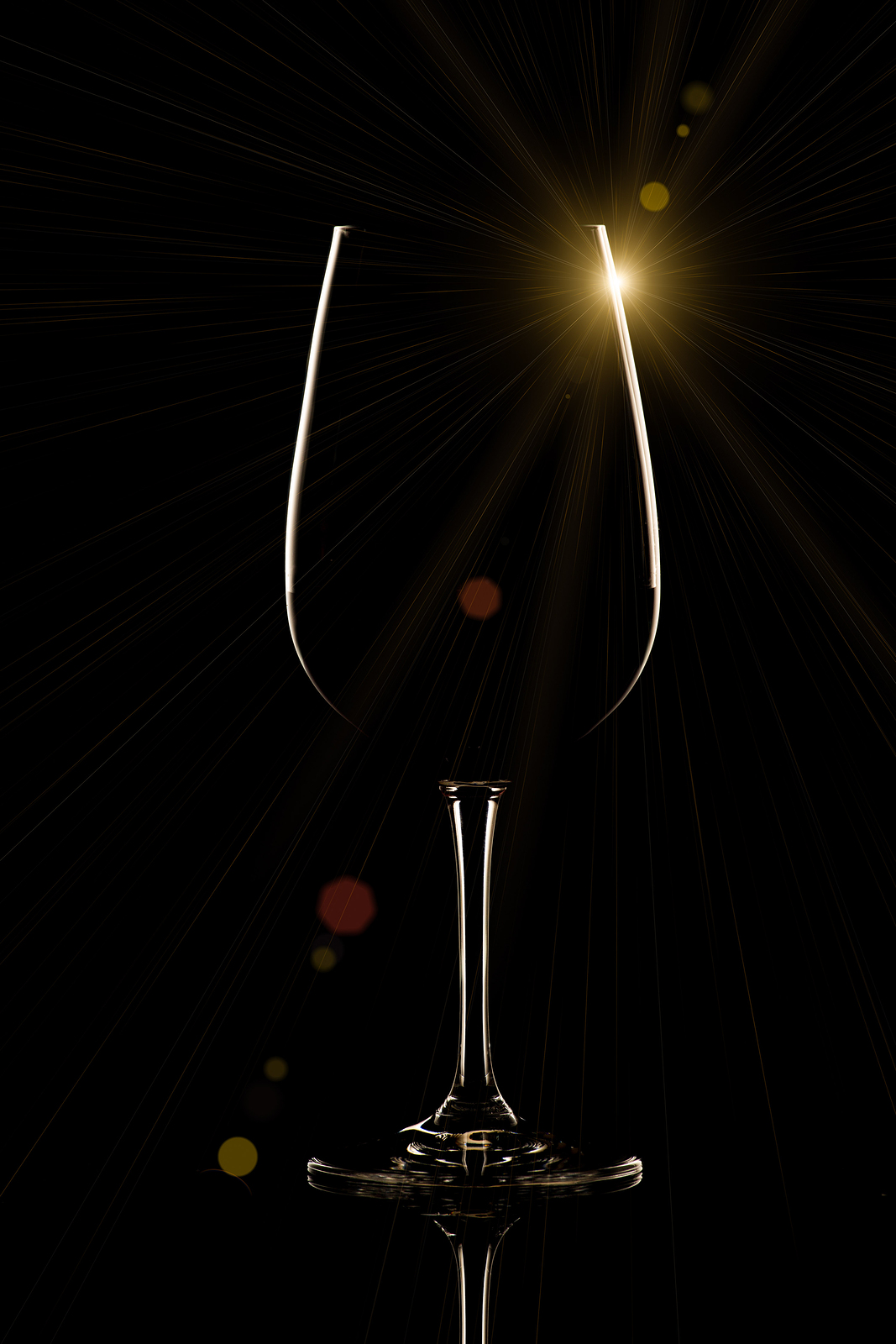The Blind Tasting

Each afternoon, as I sit with an array of bottles in from of me, tasting some of the best wines from around the world, people stare and often proceed to tell me that I must have the best job in the world. While that’s quite true, it is still just that, a job. Tasting wine, at least in a professional setting, can be hard work. And while we each have our own unique sensitivities and tolerances that can lend towards more natural abilities to taste certain characteristics of wine, for the most part, tasting wine is a learned skill that takes practice and requires much focus. I remember walking into class at 8am on my first day of studying wine professionally and seeing 12 glasses of 1oz wine pours on the desks and thinking both, “isn’t it a bit early?” and “this is going to be great!”. By lunch I had a bit of a headache and could have used a nap. Not because I’d been drinking all morning, every sip was swiftly spit out (at first by threat of expulsion, and then by sheer necessity), but because as I quickly learned, tasting wine is actually hard work. I was exhausted. For as much as I’d gone wine tasting and self studied over the near decade prior, I realized that I had very little idea as to how to really taste wine, and all that I was tasting when I did. Over the weeks that followed, each morning started out the same, arrive at 8am, taste 12 or so wines until noon, break for lunch, taste another 12 or so until 5pm, go home, study, repeat. Each day, for 8 hours a day, we studied wine and how to taste it. And as it turns out, there is much more to it than just swirl, sniff, sip & (sometimes) spit. There is in entire protocol, and if followed and practiced, it can reveal all of the wines subtle nuances and tell you its life story.
Being in California I assume everyone’s done their fare share of wine tasting. You’ve swirled and sniffed, and possibly even spit, but for many, you were just going through the motions, nodding and smiling as someone “more knowledgeable” than you goes on about notes of cigar box and bacon fat, while you think to yourself, “all I’m getting is red”. Or perhaps the power of suggestion is strong on you, all you need is for someone to mention peaches and honeysuckle and you’ll smell it too, but prior to the mention, all you smelled was white. Or maybe you actually know a lot about wine, possibly even more than you thought. Maybe years of trips to wine country and dinner parties have made you a bit of an expert. You know the very real struggle of finding a good Pinot Noir under $20 and have long since transitioned from Pinot Grigio to New Zealand Sauvignon Blanc and are now onto French Rosé in the summer. But if you joined the masses and have steered clear of Merlot for the past 10 years, you could be surprised at the challenge you might face while trying to decipher between it and a Chardonnay if you couldn’t actually see it’s color. A sensory analysis of wine breaks it down using sight, smell and taste, and can reveal everything about a wine from it’s grape varietal, to the region it’s from, to how old it is. But much of what we come to know about a wine during a tasting can be determined from its appearance alone. Beyond noting the obvious difference between red and white, you can narrow down varietals by intensity of color, climate by viscosity, and age by the rim. For example, just by looking, you’d likely be able to tell a Sauvignon Blanc from a Chardonnay, as you know the first to be a pale straw color and the latter to be more of a yellow/gold. Or take the reds, both Pinot Noir and Syrah can have prominent earth notes on both the nose and palate, but one glance noting their difference in color intensity could quickly guide us to the right conclusion. So what if we didn’t have the guidance of sight to rely on? We’d be left with just our nose and palate, and unless you’ve been practicing for 8 hours a day, this might be trickier that you’d think.
Join us in The Wine Cellar on February 13th as we take the blind tasting to the next level and challenge your wine tasting skills with a sensory analysis of five premium single varietal California wines served in black glasses, eliminating the guidance of sight. Each tasting pour will be paired with a small bite to enhance your tasting experience, and additional wine and food will be served when the tasting commences. Whether you’ve been married for 20 years, are planning a first date or are looking for a fun night out with friends, this fun twist on a the classic blind tasting will be a fabulous way to spend your Valentine’s Day weekend.
